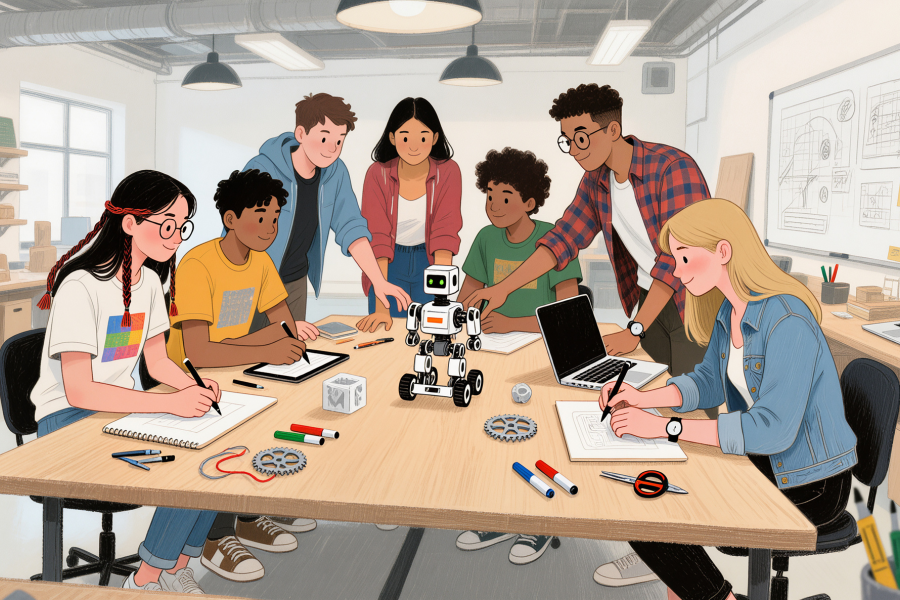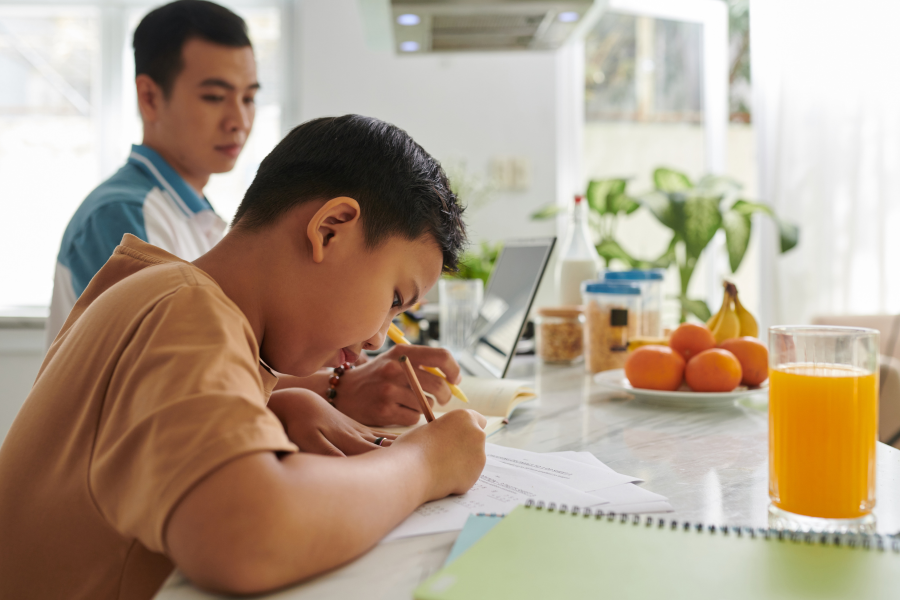Introduction
Imagine a classroom where students don’t just memorize facts but create, explore, and innovate — where learning is not about marks but meaning.
At CMR International School, Suraram, this is not a dream; it’s an everyday reality brought to life through Project-Based Learning (PBL).
PBL transforms students into active learners who question, build, and apply their knowledge to real-world challenges. Let’s explore how CMR Suraram’s students are learning by doing and making a lasting impact.
What Is Project-Based Learning (PBL)?
Project-Based Learning is an instructional approach where students learn by engaging in meaningful projects that require critical thinking, collaboration, and problem-solving.
Instead of traditional lessons, students at CMR Suraram dive into projects that link subjects like science, math, social studies, and art — allowing them to see how classroom knowledge connects to the world outside.
Why Project-Based Learning Matters
Why does PBL matter so much? Because it helps students think beyond textbooks.
It teaches skills that matter most — communication, creativity, and confidence. In an age where innovation is key, students who learn through projects become future-ready learners capable of tackling real-world issues with insight and empathy.
The CMR Approach to Hands-On Learning
At CMR International School, Suraram, project-based learning is woven into the curriculum from early grades. Each term, students take up projects that align with academic objectives while fostering curiosity and teamwork.
Teachers act as facilitators — guiding students to research, plan, build, and present their findings creatively.
Recent Student Projects That Inspire
CMR Suraram’s classrooms are alive with creativity. From renewable energy models to robotic arms, every project reflects how students apply concepts in meaningful ways. Let’s look at some recent highlights.
Science in Action: Renewable Energy Models
Grade VIII students recently built solar-powered water pumps and mini wind turbines to explore sustainable energy sources.
These projects not only deepened their understanding of science but also encouraged them to think about global challenges like climate change and energy conservation.
Technology Meets Creativity: Coding and Robotics Projects
With a strong focus on technology integration, students engage in robotics and coding modules through the school’s innovation labs.
Middle school learners recently developed sensor-based robots for waste segregation — a creative way to promote cleanliness and automation awareness.
Environmental Awareness: Sustainable Living Initiatives
In line with CMR’s green campus philosophy, students designed “Waste to Wonder” exhibits, using recycled materials to create functional art.
Through these projects, they learned the importance of sustainability, responsibility, and eco-friendly living.
Innovation in Arts and Design
Art at CMR Suraram goes beyond drawing — it’s about expression through innovation.
Students recently created installations inspired by “India’s Heritage through Modern Eyes,” merging history with contemporary design techniques.
Social Responsibility Projects: Giving Back to the Community
CMR Suraram believes learning extends beyond the classroom walls.
Students participated in community projects such as literacy drives, tree plantation campaigns, and donation initiatives for underprivileged children — nurturing compassion and civic awareness.
The Role of Teachers as Mentors
In PBL, teachers shift from lecturers to mentors.
They help students explore their ideas, solve problems, and reflect on what they’ve learned. This relationship builds confidence and independence, helping learners take ownership of their progress.
Skills Developed Through PBL
Project-based learning nurtures essential 21st-century skills, including:
- Critical Thinking: Analyzing and solving real problems.
- Collaboration: Working effectively in teams.
- Creativity: Finding innovative solutions.
- Communication: Presenting ideas with clarity and confidence.
- Leadership: Taking initiative and guiding peers.
These are the skills employers and universities look for — and CMR Suraram ensures every student develops them.
How PBL Prepares Students for the Future
The world is changing fast — automation, AI, and global challenges demand flexible, innovative thinkers.
By applying knowledge to real-world scenarios through PBL, CMR International School, Suraram ensures students are ready to adapt, lead, and succeed in any field.
Parent and Community Involvement in PBL
Parents and community members are encouraged to be part of the journey. Exhibitions, open days, and project showcases at CMR Suraram allow families to witness students’ creativity firsthand, strengthening the bond between school and community.
Conclusion
Project-Based Learning is not just an academic method — it’s a mindset.
At CMR International School, Suraram, every student learns to connect knowledge with action, ideas with outcomes, and imagination with impact.
As a result, they don’t just study for grades — they learn for life.
FAQs
1. What is project-based learning at CMR International School, Suraram?
It’s an experiential learning method where students work on real-world projects to apply academic knowledge creatively and collaboratively.
2. How does PBL benefit students?
It builds essential life skills like teamwork, problem-solving, and communication while making learning more engaging and practical.
3. Are PBL projects part of every grade at CMR Suraram?
Yes, from primary to higher grades, each level includes hands-on projects designed to complement academic goals.
4. How do teachers guide students in PBL?
Teachers act as mentors, helping students research, design, and execute their projects while fostering independent learning.
5. Can parents participate in PBL activities?
Absolutely! Parents are often invited to exhibitions and showcases to celebrate their children’s innovative work.



